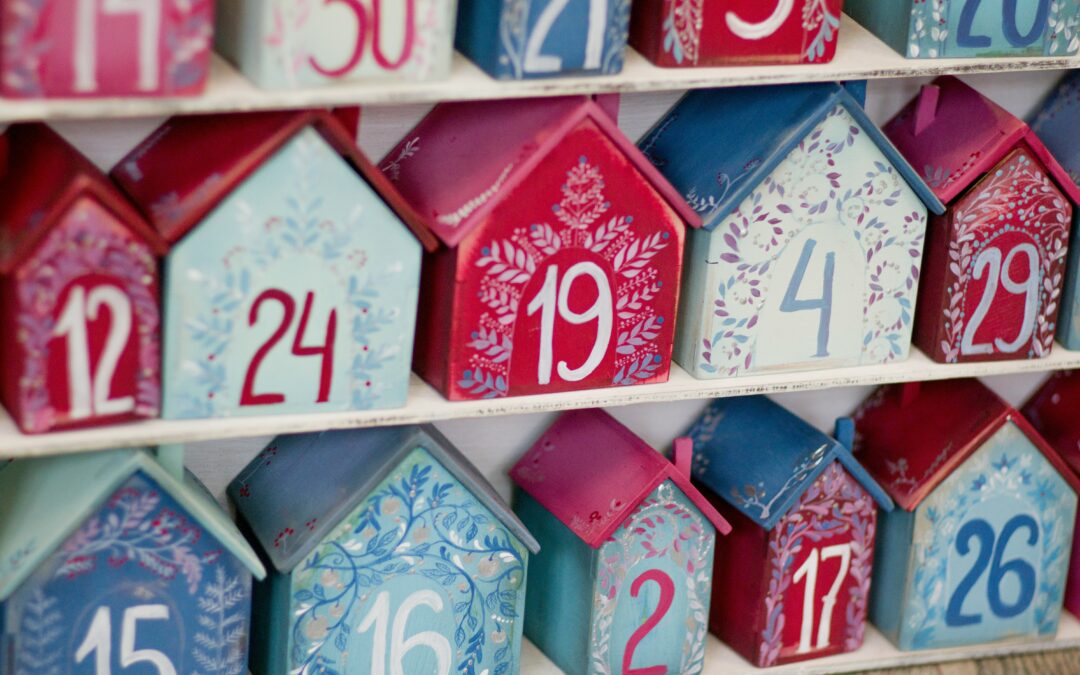What’s the feeling you get as you flip through your old yearbooks, re-tell favorite stories with old friends and watch the movies you loved as a child? It’s warm, fuzzy, sentimental, and transports you to a time when everything seemed a little bit easier and better.
That feeling is otherwise known as nostalgia, and it’s one of advertisers’ favorite tools. We know that advertising is most effective when it’s able to engage your emotions, and we’d argue that nothing does this better than nostalgia. Just think about how often you see “one year ago today” social media posts and ads featuring cult-favorite bands (like that Doritos commercial with the Backstreet Boys). When we see these ads and posts, they cause us to pause and reflect, interrupting whatever we were doing before. We may even be inspired to make a throwback post of our own.
If nostalgia takes you back in time, why is nostalgia so effective for today? To find out, keep reading below.
We’re Hard-Wired for Nostalgia
We know how nostalgia makes us feel, but why does it provoke such a strong response? It turns out nostalgia is actually a neurological response produced when certain inputs enter the amygdala, which is the part of our brain that produces emotional responses and memories. These inputs can be any sight, smell, touch, taste or sound that our brain associates with an event in our past.
Once it’s triggered, our amygdala then produces dopamine, aka our feel-good neurotransmitter. It’s what gives us the rose-colored-glasses view of our memories and puts us in a good mood for the rest of the day. If your brand can create these feelings, you can attach the positive associations to your brand as well. Your audience will be left feeling appreciative that your business gave them such a fun and reflective experience. This humanized side of your brand can form stronger and more meaningful relationships with your customers that last longer than another sales promotion.
Old Memories Create New Memories
The positive emotions we experience when feeling nostalgic can be super helpful for advertisers. However, as marketers, we want to bring consumers back into the present rather than leaving them in the past. According to study from the University of Southampton, nostalgia has been linked to feelings of resilience and optimism, which can inspire us to take action today to create memories for tomorrow. Because your brand is the one who prompted these actions, your audience will feel comfortable choosing your products and using them to create their future memories.
Shared Memories Are Stronger
When content reminds us of the “good old days” we remember so fondly, we relate to it so strongly that it can spark the urge to share it with our family, friends and followers. Who among us hasn’t posted a “Throwback Thursday” after re-discovering a favorite old photo? On Instagram alone, #TBT has been used more than 530 million times.
It’s our nature as humans to share our memories and stories with those close to us. Nostalgic campaigns are especially shareable because they hinge on collective shared experiences that many people can recall. As more consumers spread your relatable messages through social media shares or word-of-mouth, your audience will grow as new potential customers are introduced to your brand.
Still Don’t Believe Us? Here’s the Proof
Strengthening consumer relationships is a great benefit on its own, but wouldn’t it be nice if nostalgia could influence sales, too? Surprise: it can. A recent report from the Journal of Consumer Research found that people who felt nostalgic were willing to spend more money on a set of products than less-nostalgic consumers. Because nostalgia can make an ad (and brand) appear likeable and relatable, it’s more likely to inspire people to make a purchase. In fact, the Advertising Research Foundation ranked “likeability” as the best predictor of an ad’s ability to influence sales.
In addition to more sales, marketing messages that promote positive memories and emotions also tend to generate higher engagement. As you publish more relatable and nostalgic messages that gain more comments and shares, they’ll continue to be sought out by audiences who care about your content. Over time, these individuals can turn into a loyal audience base that appreciates your brand and can spread awareness to others. With a little strategy and creativity, your brand can turn a happy feeling into real results for your business.





0 Comments